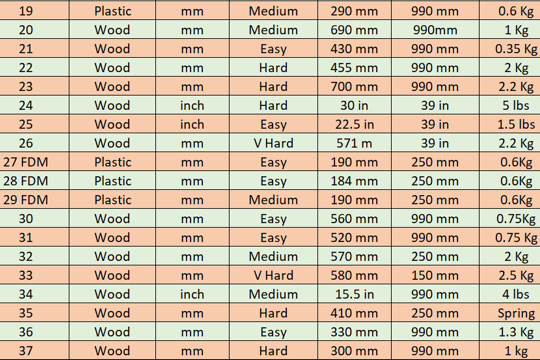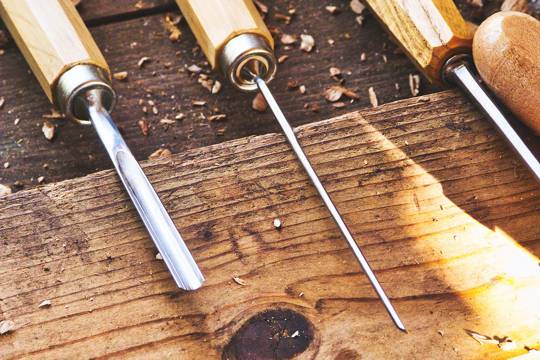Welcome to Brian Law’s Wooden Clocks
Over the last 30 years I have been designing and building wooden clocks and the one thing that they all have in common is they are entirely mechanical with no electrical or electronic drive systems, they either use a weight or a powerful spring to drive them. That is going to change on this next clock with the introduction of a Pendulum Drive Unit usually used along with a quartz powered motor to drive the hands of a clock.
This has been a most rewarding project, the clock running for weeks on end without rewinding and to within a minute a day. I have always shied away from any non-mechanical Drive mechanism for the clocks as I always thought of it as cheating a little, but this one has a purely mechanical gear train and escapement and the inclusion of an inexpensive Pendulum Drive Unit that requires no knowledge of electronics to incorporate. Most satisfying, and I hope you feel the same if you choose try it for yourself.
The idea for this clock came from looking back at designs I made almost 40 years ago when Clock 1 was created to showcase a new Bandsaw at the company I worked for. The success of the Bandsaw sparked my interest in wooden clock design. Recently, I found the original drawing for this clock, which made me think about how I could improve the design if I were to work on it again today. So, I decided to create a new clock design, using Needle roller bearings on all drive shafts to improve efficiency and reduce weight. I also used Lantern gears to make small gears easier to manufacture. To reduce friction, I aligned the Escapement and Pendulum on the same axis and eliminated internal loading with a gravity clutch. I made significant improvements to the Escapement Arm to make it more efficient and closer to the original George Graham design. This new clock has evolved from those changes and I am happy to say that it ran smoothly when first assembled and continues to work perfectly months later. Building this clock was a truly enjoyable process, and I hope you find it just as fascinating.
This is really a clock for Dads to make for the kids or grand kids, its a fairly simple build using 3D printing and an inexpensive Drive motor.
The clock is driven by a Pendulum Drive Unit which can be bought on the internet for less than $5 and powered for months from a single AA battery. With a short pendulum and no weight can be mounted high enough to keep little fingers away from the moving parts.
Designed so that the colored parts are printed on separate plaques that are glued to the base Dog profile to allow you to print all parts in different colors even if your printer has no color change facility
Designed so that you can create your own character for the Dial to replace the Dog character that I have used.
All moving parts can be 3D printed, only the shafts and the pins need to be metal to ensure smooth running of the clock. You can make these yourself by cutting from a length of steel or brass rod.
With so many clocks now, it is difficult to decide where to start looking for your next project, so I have split them into the three categories shown below, just click in the group you want to look at first to go to the visual index for that group.
I have designed this clock for my young great grandson, with a Knights and Castle theme. I have revisited the Spring powered clocks once again to allow the clock to be placed on a cabinet or shelf with none of the hanging parts that young fingers can grab and pull on.
I have put together a chart that tries to list all the relevant information about each clock so as to make your choice a little easier. The chart is actually a PDF file…
This question is looked at in detail in the Woodenclocks Blog. The article focus’s on the tools and equipment needed from the minimum, on to the requirements of a well equipped workshop.
How to Design and Build a Wooden Clock
If you are looking for a challenging woodwork project that is going to test your skills and imagination then building a fully working wooden clock is just what you need. This Kindle book will help you to design your own clock with the included sections on the design and calculation of gear trains along with guidance on gear tooth design. It will also introduce you to some of the many escapement designs used in clocks through the centuries to control and maintain the accurate movement of the clocks mechanism. There is guidance for cutting out parts by hand or by CNC machine or even by 3D printing. To get your copy follow the link below to get your copy.
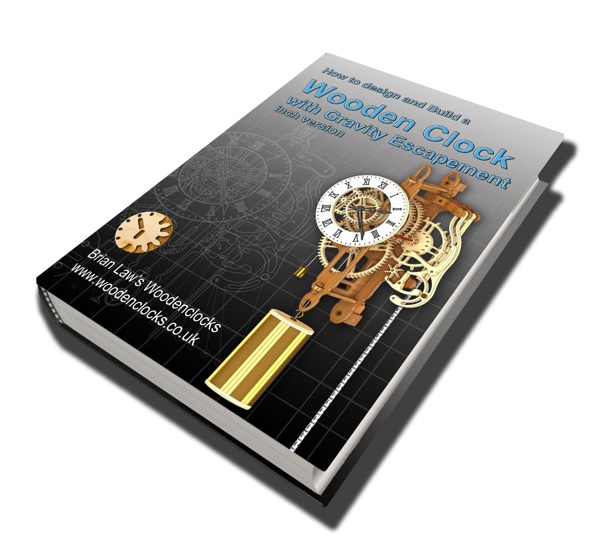

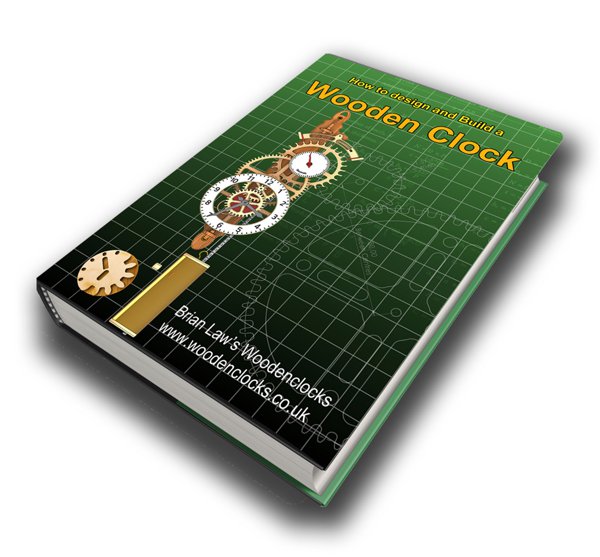

The files for the clocks are not included, these are paid for separately.
Woodenclocks Journal
Over the last 20 years I have designed and built prototypes of more than 40 different wooden clocks. In the main I have enjoyed the process and think it is now time to look at this body of work as a whole, so this E-book takes the form of a journal and is available as electronic file in PDF format. The book contains nearly 200 pages of illustrations of the 42 clocks so is an excellent fund knowledge on wooden clocks.
Each clock has its own set of pages with a short precis of its attributes and a description of its unique features and at the end of the book there are 6 pages showing the clocks hanging in line so that you can get a sense of their relative sizes.
Links to the clock’s website page are accessed through the blue outlined boxes on the first page of each clock so you can obtain further information and detail drawings for the clock concerned.


Woodenclocks Journal
It is a large file and will take some time to load so patience is required when downloading.


A design journal for Wooden clocks, with occasional thoughts on side issues related to clock design, materials, mechanisms and automata in general. There are articles on choosing the right materials along with those concerned with the equipment you will need to build your own clock.
To browse the Blog click here >
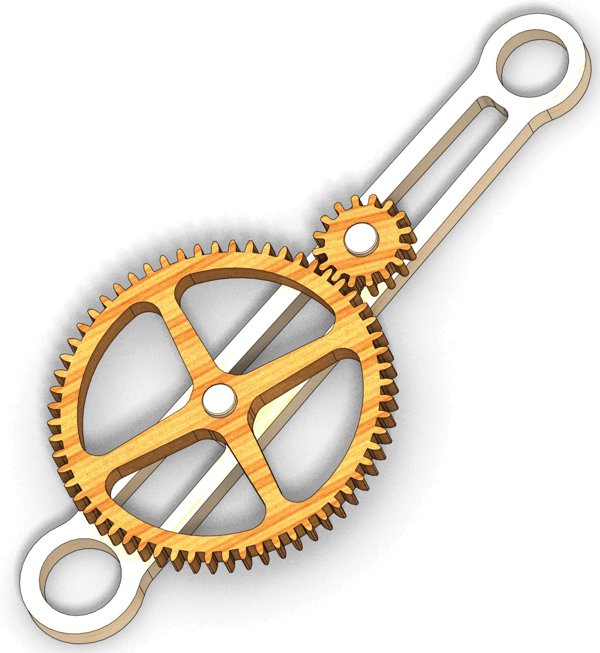

If you are not sure about making the wooden gears for the clock you can download the samples shown here to give it a try. Whether you will be cutting it out by hand or by CNC machine these free files will help you to decide.
BUNDLE 1 – Clocks 6, 9 and 10 are probably the most challenging to build.
BUNDLE 2 – Clocks 3 and 7 are all built from the bottom up in inches.
BUNDLE 3 – Clocks 12, 14, 16 and 17 are all of the wind up clocks driven by a spring.
BUNDLE 4 – Clocks 1, 2, 4 and 5 all of the original clocks.
BUNDLE 5 – Clock 15 + Gears for Projects + Mechanisms DXF and PDF Drawing files
BUNDLE 6 – Starter Clocks – Inches – Files for Clock 41 and Clock 47 *
BUNDLE 7 – Starter Clocks – Metric – Files for Clock 39 and Clock 45 **
The Beginners Clocks – Files for Clocks 30 and 31
The inch ones – Files for Clocks 24 and 25
Easy and Hard – Files for Clocks 21 and 33
Each bundle contains the Drawings as a PDF file and the DXF files for machining and they cost $36.
* Bundle 6 includes a book and costs $42
** Bundle 7 includes a book and costs $42
If you require the DXF files for any of the clocks on the site then go to the page for the clock that you require, where you will find the DXF files listed along with model files for the newer clocks. The files can be used to produce Gcode so that you can machine the profiles on CNC machine.







